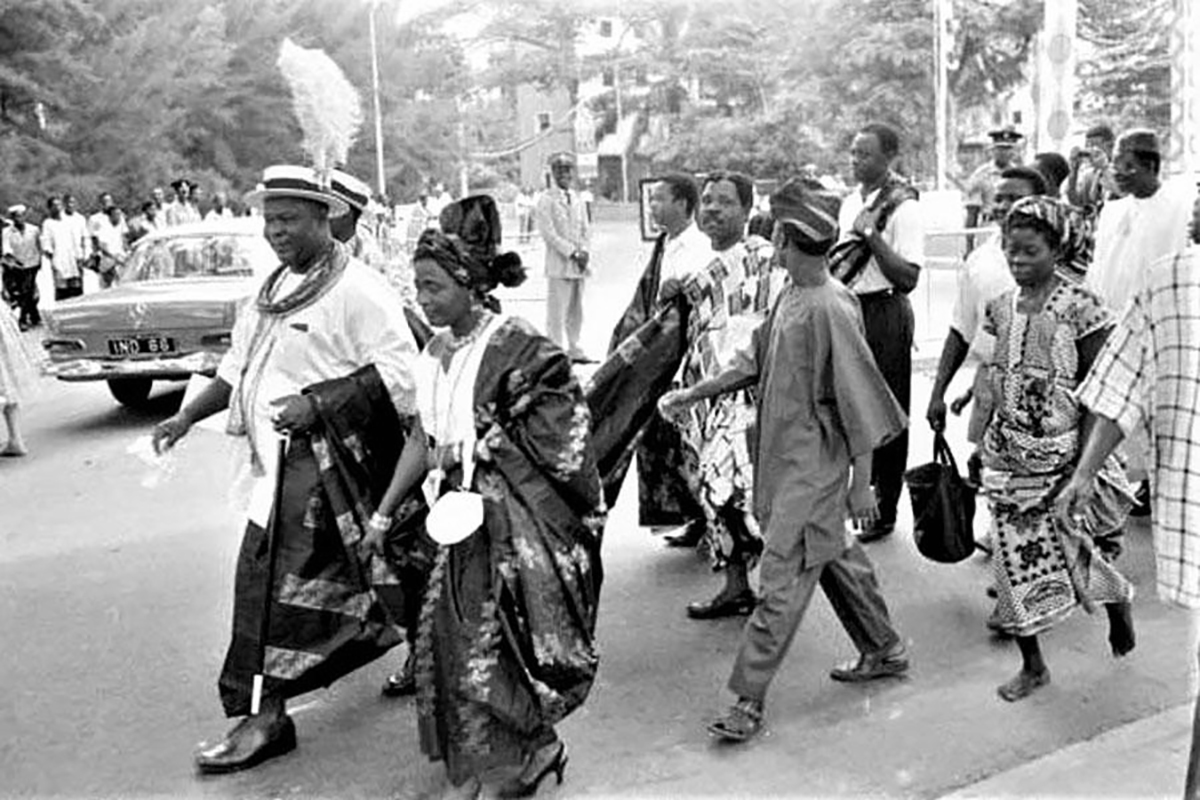
The Icon Who Missed Nigerian Fashion
You may never be able to ignore the story of the late Chief Festus Okotie-Eboh, Nigeria’s First Republic Finance Minister from 1957 to 1966, which transcended the realms of politics and economics.
You may never be able to ignore the story of the late Chief Festus Okotie-Eboh, Nigeria’s First Republic Finance Minister from 1957 to 1966, which transcended the realms of politics and economics. He would probably still be a visible fashion style politician of our time; and might have epitomized the nation’s evolved fashion and lifestyle. He stylized the Nigerian dress sense with a masterful interplay of tradition and modernity.
In the early 1960s, when Nigeria basked in the new-found sunshine of freedom from British rule, Okotie-Eboh’s wardrobe reflected the vibrant and stylish lines of his Bini ethnic heritage. He was never short of donning the iconic Hausa Babanriga. I suspect also Igbo Akwete and Yoruba Aso Oke dresses, weaving the much-desired unified Nigerian identity.
As the 1970s ushered in the Afrocentric revolution, Okotie-Eboh’s fashion sense would have mirrored the unapologetic embrace of cultural identity. Designers like Shade Thomas-Fahm, the “Mother of Nigerian Fashion,” might have found in Okotie-Eboh a discerning patron, with the Finance Minister’s choices showcasing the bold Agbada and Isiagu ensembles. He would have signalled a defiant stance against the homogenizing forces of post-colonial and post-war liberal Nigeria.
The increasing interconnectedness of the 1980s would have seen Okotie-Eboh’s fashion adaptability regaled with the seamless integration of Agbada, Aso Oke, and Isi Agu designs into Western tailoring. That blend of traditional Nigerian elements with global trends would have cemented Okotie-Eboh’s status. He would have driven Nigerian spirit – firmly rooted in its cultural heritage, yet open to the ebb and flow of international influences. Indeed, fuelled by the nation’s newfound oil and gas wealth.
Okotie-Eboh’s dress sense could have become an iconic blueprint typical of an adaptable, iconoclastic Nigerian spirit, unafraid to face the challenges of a globalized world, while maintaining a distinct cultural identity. However, even in Okotie-Eboh’s absence, the Nigerian fashion and lifestyle landscape has never stopped evolving. Perhaps one of his great-grandchildren, or a scion of the current generation, could have found inspiration to become another Nigerian fashion and lifestyle aficionado.
He would have carried forward the legacy of cultural pride and adaptability, without necessarily treading the path of public service. Yet, fashion and style remain strong integral components of Nigeria’s governance and social structures. The obvious is evidenced by the often ‘politicised’ grandeur and splendour of Nigerian wedding celebrations.
Chief Festus Okotie-Eboh’s story serves as a powerful reminder of how fashion and lifestyle can become a driver for a nation’s evolution, reflecting its cultural heritage and political landscape. Always a dynamic interplay between tradition and modernity, Chief Okotie-Eboh’s enduring legacy could have enacted an iconic, adaptable and distinctly Nigerian spirit. I guess it had and still does!



